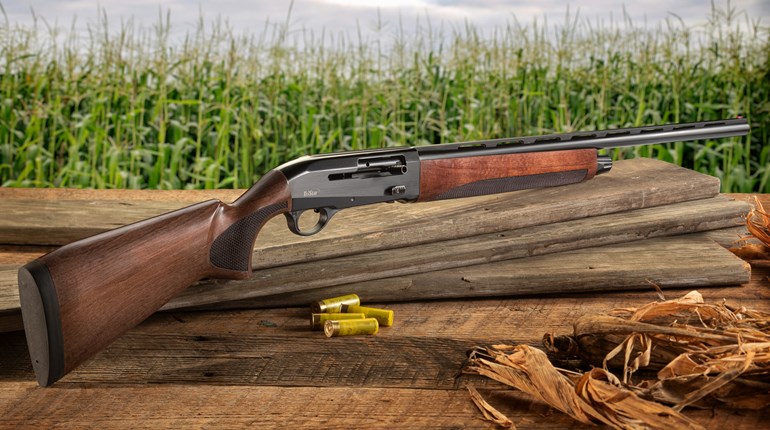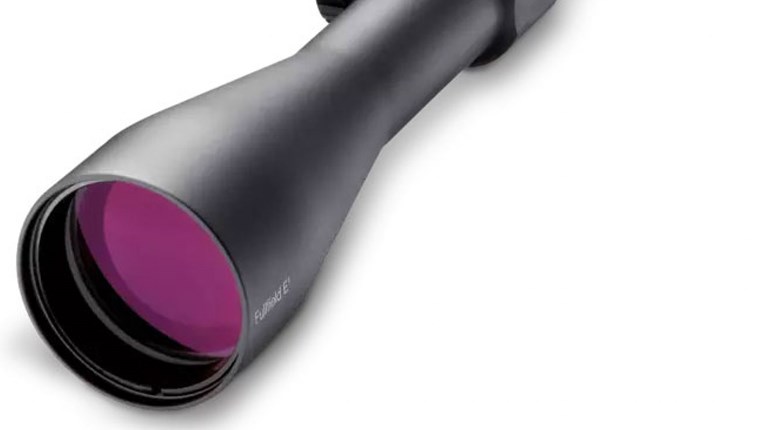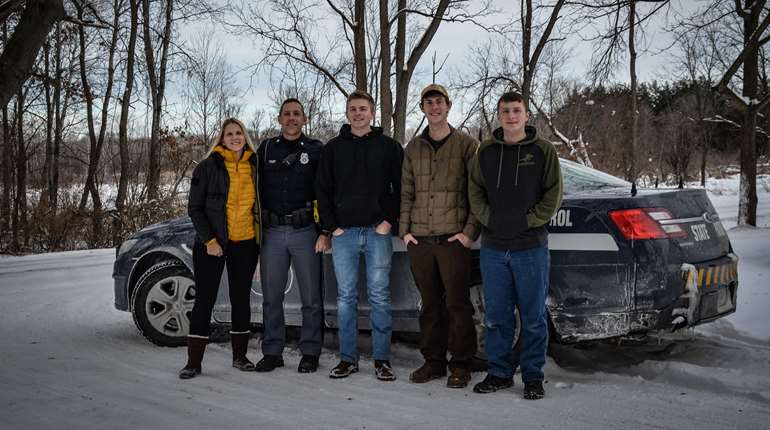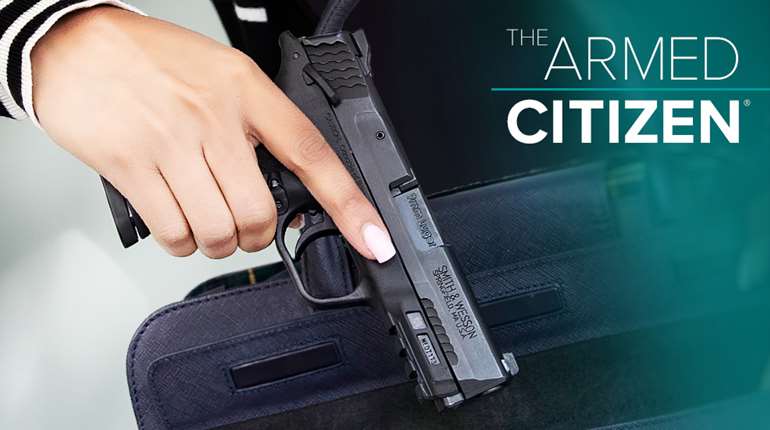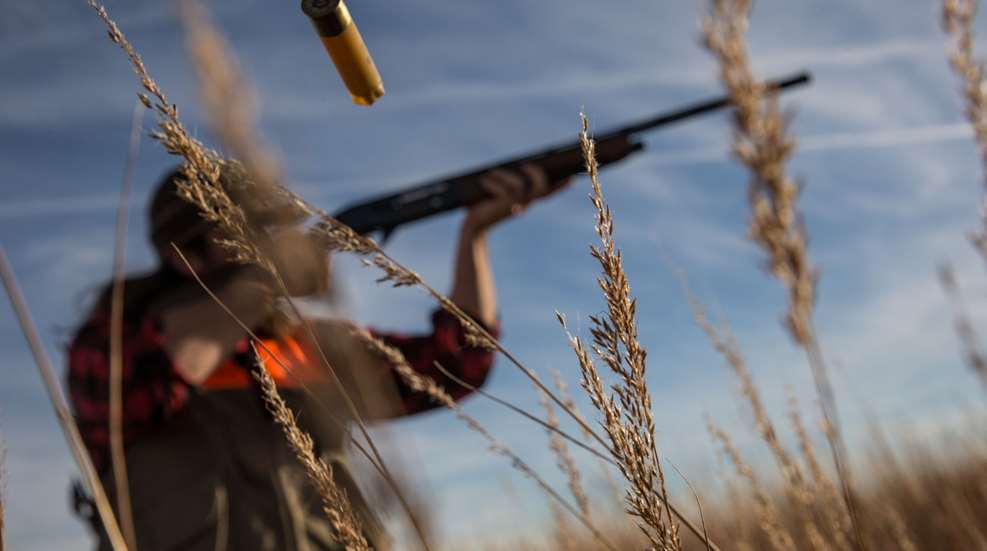
Shotgun actions most commonly come in a few types: pump-action, break-action (usually with two barrels; over-unders and side-by-sides), and semi-automatic. “Action” refers primarily to how spent shells are ejected and new shells chambered.
Semi-automatic shotguns are popular for a couple of reasons. First, they require no additional action on the part of the shooter in order to chamber the next shell—one pull of the trigger will fire one shell, eject that spent hull, and chamber the next round. The next pull of the trigger repeats the process. So, with a semi-auto shotgun, you just keep pulling the trigger and shooting until your magazine runs out of shells. No pumping or breaking the gun is required, and that generally makes semi-autos faster to shoot.
In addition, the mechanism by which the spent hull is ejected inherently “uses up” some of the recoil generated at the shot, leaving less of it to impact the shooter’s shoulder. This is an oversimplification of the process, but it’s why semi-autos have less perceived recoil than other types of shotguns.
Within the semi-automatic shotgun realm, there are two main types: Gas-operated guns and inertia-driven guns. Both have their pros and cons—but what’s the difference?
First, understand that when a shotgun is fired, gas is generated, and that gas rapidly expands and propels the shot down the barrel. When a gas-operated semi-automatic shotgun is fired, as that gas bleeds off through a piston inside the gun, which then pushes against a rod or sleeve connected to the bolt, shoving it backward against a spring (typically in the stock), ejecting the spent shell. The spring that just got compressed bounces back, shoving the bolt forward and chambering the next shell. In short: Gas guns use the gas generated at the shot to operate the action.
Inertia guns are built differently, with a two-piece bolt with an internal spring. The gas generated at the shot mostly just goes out the barrel. When the gun fires and the gun itself recoils back, it compresses that spring inside the bolt. Then that spring uncoils, throwing the bolt back and spitting out the spent shell. A second spring, much like the one in a gas gun, pushes the bolt forward again and chambers the next shell. In short: Inertia guns use the gun’s recoil to operate the action.
That all might sound complicated, but gas and inertia guns are both relatively simple. How do you know which one is right for you?
Gas guns will produce less felt recoil than inertia guns, so if that’s a factor for you, a gas-operated action is definitely worth considering. All of those gases bleeding off and moving parts around takes a little time—it’ll be imperceptible to you as a shooter, but you’re actually getting a short series of distinct recoil pushes instead of one big punch. Inertia guns, on the other hand, need the gun itself to recoil hard in order to operate the action. Therefore, they’re inherently harder-kicking. This is the biggest reason to choose a gas gun—less recoil.

The Browning Maxus II All-Purpose Hunter is an example of a gas-operated shotgun.
However, gas guns are much more finicky than inertia-driven guns when it comes to debris, cold conditions, and the buildup that comes from all that gas bleeding around. A gas shotgun will eventually seize up and stop cycling if it is not cleaned regularly—and I mean take-it-apart-and-scrub clean, not just run-a-patch-down-the-barrel clean. This kind of cleaning doesn’t take too long, but it does need to be done every few hundred rounds or so depending on the gun. If you shoot a gas-operated shotgun, it’s smart to keep a can of spray oil or lubricant in your truck or blind bag to give the gun a quick lube job if it stops cycling in the field. That’ll usually keep you going until you can get home and clean the piston thoroughly.
Inertia guns are down-and-dirty workhorses by contrast. Dust and dirt and frigid conditions don’t seem to bother them. Think about it: That gun is going to recoil at the shot, and that recoil is basically all the gun needs in order to operate. There’s no piston and o-rings building up gunk inside, which makes inertia guns easier to clean when you do need to clean them—which is considerably less frequently than you’ll need to clean a gas gun. There’s a reason inertia guns rule the marshes: If you’re doing a lot of duck hunting in muddy and generally yucky conditions, an inertia gun will handle the crap better without shutting down on you.

The Benelli Super Black Eagle 3 is an inertia-driven gun.
So which is right for you? I shoot gas-operated shotguns, myself. I don’t mind the cleaning, and the felt recoil reduction is a big deal to me when I’m shooting heavy loads, as on a waterfowl hunt. If I’m going to be hunting in exceptionally adverse conditions that I’m afraid the gas gun won’t handle well, which is rare, I can always just suck up the recoil and shoot a pump-action shotgun.
Bottom line: A gas-operated shotgun’s biggest advantage is recoil reduction. But if reliability in any condition is your top priority, and you don’t like to be bothered with cleaning guns, an inertia-driven shotgun might be the ticket for you.












